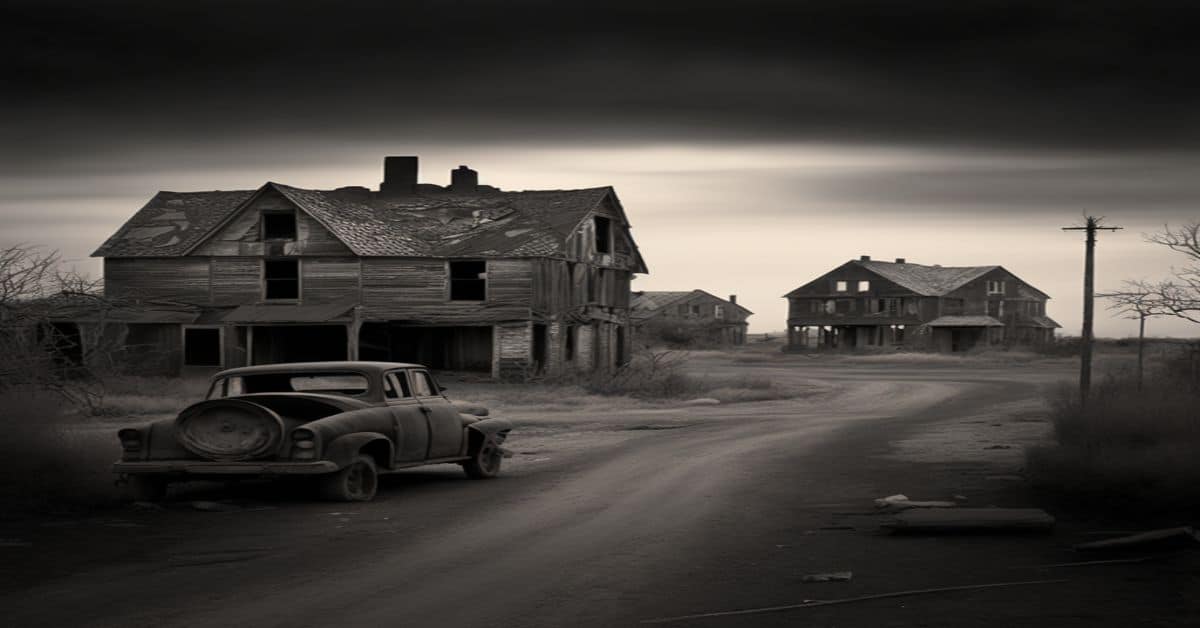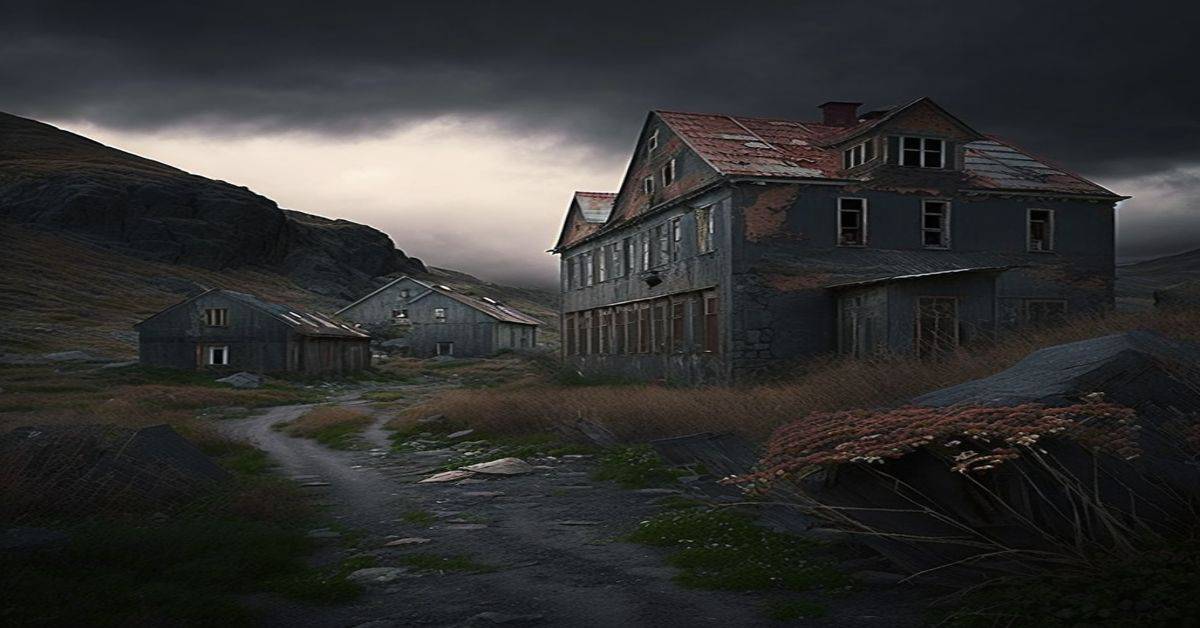Agricola may be a name that few people recognize today, but this forgotten company town in Florida has a rich history worth exploring. Built-in 1907 to house employees of Swift and Co., Agricola was a self-contained community complete with streets, shops, houses, and a school.
Despite being abandoned by its last residents in the mid-1950s, the town still stands today as a ghost town, with old Agricola streets and buildings still standing.
In this article, we will delve into the history of Agricola, from its origins as a company town to its current state as a relic of Florida’s phosphate industry. We will explore the town’s location and infrastructure, the industries that sustained Agricola’s early growth, and the factors that led to its eventual decline.
Through this exploration, we hope to shed light on the importance of Agricola’s legacy and the lessons that can be learned from its story.
Key Takeaways
- Agricola is a ghost town in Polk County, Florida, built in 1907 for Swift and Co. employees.
- The town was a self-contained community with streets, shops, houses, and a school, and it still stands today.
- Agricola’s decline was due to the expansion of the phosphate industry in the mid-1950s, which led to its closure and significant economic impact on the community.
- Preservation efforts have been made, but the town’s remote location and lack of funding have made them difficult, and its future remains uncertain.
Location and Infrastructure
The ghost town of Agricola, located in Polk County on grid 3, features remaining infrastructure such as 2WD roads, partial roadbeds, and old buildings, including those once used for the self-contained community’s school.
Its unique historic architecture and natural beauty make it a prime destination for exploring ruins.
Road trip enthusiasts looking for unusual and off-the-beaten-path destinations should include Agricola in their itinerary.
One of the main attractions of Agricola is its old and partially preserved buildings, which offer visitors a glimpse into the lives of the former residents of the self-contained community.
The 2WD roads and partial roadbeds allow visitors to explore the town’s layout and imagine the daily life of the factory workers and their families.
Agricola’s location and infrastructure make it a must-visit destination for history buffs and anyone interested in experiencing the eerie beauty of a ghost town.
History and Industry
Established in 1907, Agricola was a self-contained community designed for factory workers and their families and lasted until the mid-1950s when the phosphate industry expanded.
As a company town, Agricola was built by Swift and Co. to house their employees and was a model for efficient and profitable labor conditions. The town had everything the workers needed, including streets, shops, houses, and a school, and the company provided for their basic needs such as food and medical care.
This arrangement allowed the company to control every aspect of their employees’ lives, including their social and economic well-being.
However, the expansion of the phosphate industry in the mid-1950s led to the decline of Agricola. The town was no longer needed as phosphate mining became the primary source of employment in the region. Many residents were forced to move elsewhere to find work, and those who stayed had to adapt to the changing economic landscape.
The closure of Agricola had a significant economic impact on the community as a whole, as it had relied heavily on the company for its survival. Despite its closure, the legacy of Agricola remains, and it serves as a reminder of how corporations have historically wielded power over their employees and the communities in which they operate.
Current State
Currently, no residents live in Agricola, and the town remains abandoned, serving as a relic of the past. Despite its deserted state, the town still attracts visitors interested in exploring ruins and experiencing the area’s unique history.
Many of the old Agricola streets and buildings still stand, providing an eerie glimpse into life in the early 1900s. The partial roadbed remains as a reminder of the once-bustling community, and the railroad box remains at the tracks leading to the mining site.
Efforts have been made to preserve what remains of Agricola. The town has been added to the National Register of Historic Places, and there have been initiatives to restore some of the structures and provide interpretation for visitors. However, the town’s remote location and lack of funding have made preservation efforts difficult.
As a result, the buildings continue to deteriorate, and the town’s future remains uncertain. Despite this, Agricola remains an important piece of history, reminding us of the industrial and economic forces that shaped Florida’s past.
Frequently Asked Questions
What was the population of Agricola at its peak?
Although specific population figures for Agricola at its peak are unavailable, all residents were factory workers and their families. The average factory worker salary in Agricola was not provided in the given information.
What was the average salary of a factory worker in Agricola?
The average salary of a factory worker in Agricola is not provided in the given information. However, exploring working conditions, labor laws and regulations during the town’s existence may shed light on this aspect of the town’s history.
Are there any plans to preserve or restore the remaining buildings in Agricola?
There are no known plans for preservation or restoration of the remaining buildings in Agricola. There has been no reported community involvement in efforts to save the town, which is now considered a ghost town.
What was the most common industry in the area before the phosphate industry expanded?
Before the phosphate industry expansion, the most common industry in the area is not explicitly stated in the given background information. However, the historical significance of Agricola as a self-contained company town built in 1907 for Swift and Co. factory workers highlights the town’s industrial past.
Are there any notable residents or events in Agricola’s history?
No notable residents or events are recorded in Agricola’s history. However, the town’s cultural significance lies in its status as a self-contained company town for factory workers and its ultimate decline due to the expansion of the phosphate industry.



